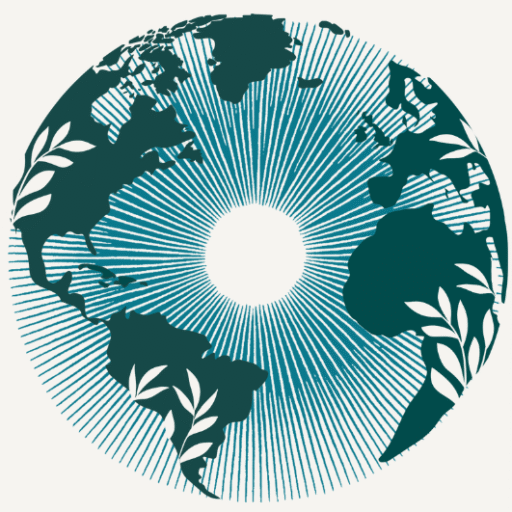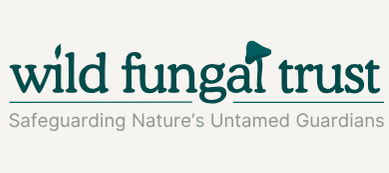Your cart is currently empty!

From Wonder to Action: The Journey Behind the Wild Fungal Trust
Fungi are some of the most overlooked organisms on the planet—and yet, they’re essential to the survival of ecosystems and the health of our planet. From nutrient cycling to forest regeneration, fungi operate quietly beneath our feet, holding the natural world together. This story isn’t just about a personal fascination; it’s about how understanding fungi led to the founding of a global conservation effort.
A Childhood Spark Meets Global Discovery
My journey with fungi began with one of my oldest memories. As a three-year-old wandering through the deserts of Southern California, I stumbled upon mushrooms pushing through the sandy soil. That moment sparked a lifelong curiosity.
In my late teens, that curiosity evolved into fascination. I began exploring mushrooms as a hobbyist, captivated by their otherworldly presence and mysterious role in the natural world. When I moved to Thailand, my passion ignited. There, along elephant trails and deep in the jungle, I watched fungi break down fallen leaves, nourish trees, and sustain an entire ecosystem. That was my first real glimpse into how fungi hold nature together.
Later, in China, I discovered how fungi support not only ecosystems but human health. In markets, kitchens, and medicine cabinets, mushrooms played a key role in daily life. I realized that fungi are a vital thread in the web of life. Fungi conservation efforts weren’t just a trend to start, it was a movement that needed to take off.
After returning to the Pacific Northwest, I traded the concrete sprawl of Los Angeles for misty forests filled with evergreens and wildlife. There, I observed the same fungal magic closer to home. Mycology became more than a passion; it became a mission. I studied fungal genetics, practiced cultivation, and built connections with a global network of experts and enthusiasts.
Moments That Changed Everything
Two pivotal experiences transformed that mission into action. The first was an expedition to Colombia with a group of conservationists. In the jungle, I watched fungi decompose dead matter and feed new growth, supporting flora and fauna in a delicate, powerful cycle. The second was a visit to the Shulgin Lab in the Bay Area, shortly after the devastating Malibu fires. There, I saw the potential of fungi to heal not just nature, but people, and how much of that potential was at risk of being lost.
Those experiences led to the founding of the Wild Fungal Trust (WFT) in 2025. WFT isn’t just about fungi. It’s about the ecosystems they sustain, the biodiversity they protect, and the future they can help rebuild. We preserve fungal specimens, restore degraded habitats, and advocate for fungi as essential players in environmental resilience.
Creating Global Momentum
Starting WFT wasn’t easy. I faced skepticism, financial hurdles, and the steep learning curve of building a nonprofit from scratch. But I also found something powerful: when people heard the story of fungi, of ecosystems, of what we stood to lose — they responded. Offers of support, collaboration, and shared vision came from all over the world.
What began as one person’s curiosity has grown into a global movement. From Colorado to Colombia, from lab benches to forest floors, we are united by one goal: to protect the quiet architects of life.
Sometimes, I wonder if fungi are running the show; shaping ecosystems, and maybe even shaping us. Whether they are or not, one thing is certain. They need us now.
This is my life’s work. And it’s just getting started.
Support Wild Fungal Trust: Want to get involved? Start by wearing the message. Shop our collection, including the shirt worn in the cover image. Every purchase helps fund our mission to protect fungi and their ecosystems.


Leave a Reply